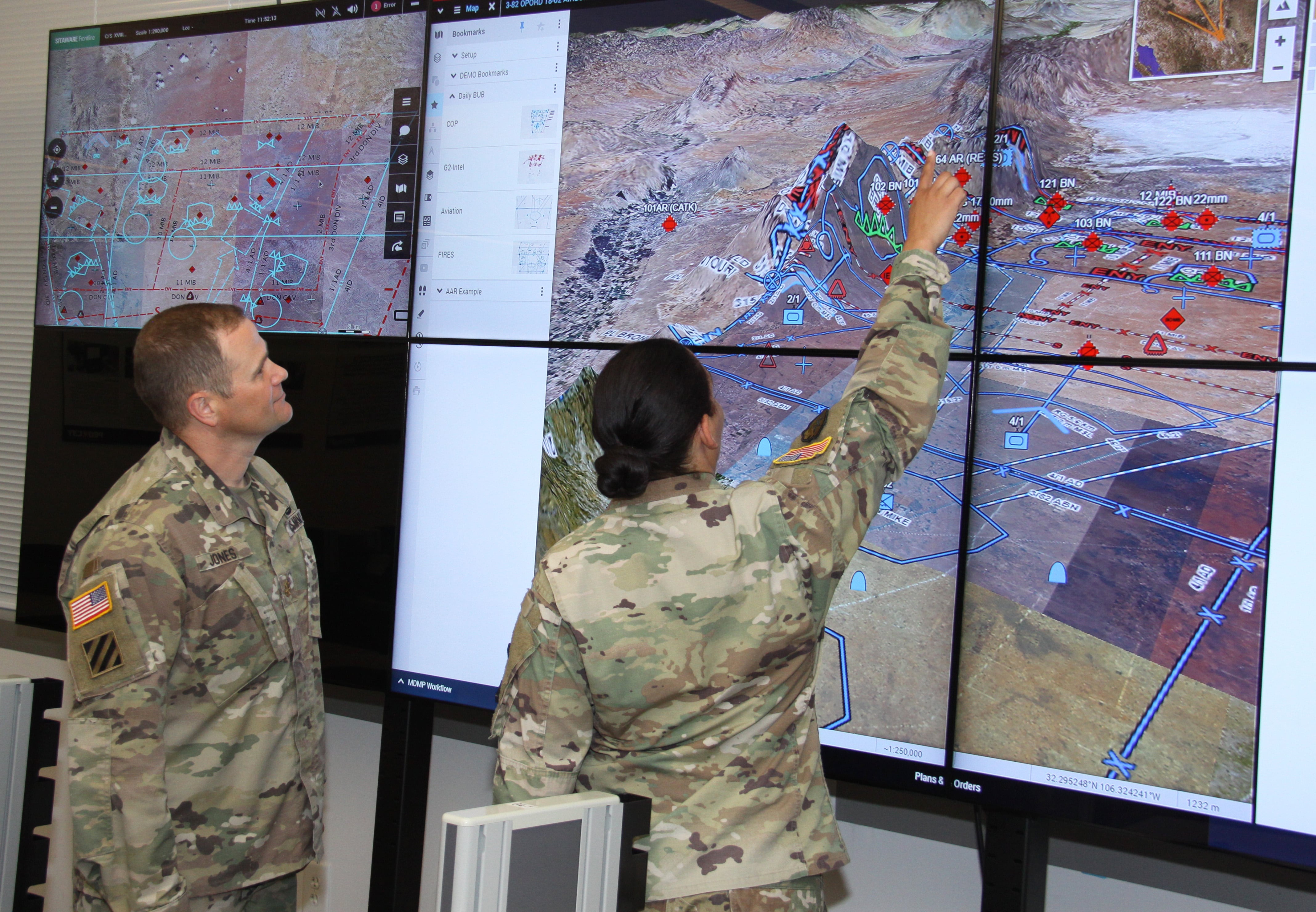AUGUSTA, Ga. — The top general overseeing the Pentagon’s push to connect sensors and shooters said the department is lacking key components for survivable Joint All-Domain Command and Control in contested environments.
Marine Corps Lt. Gen. Dennis Crall, the chief information officer and J6 of the Joint Chiefs of Staff, said last week at the TechNet Augusta conference that while the Defense Department has many technological pieces it needs to link sensors and shooters, those tools must be equipped to handle interference by adversaries. The ability to pass and process massive amounts of data to increase the command and control capabilities of the joint force in future battles will also require edge processing capabilities that the military does not yet have.
“We’re missing some key components to do this in a contested environment,” Crall said. “So I’m concerned about our tactical processing nodes — the actual hardware capability to bring — got work to do there. [We] got work to do on a resilient cloud structure that follows us to make sure that that data is there. I’m concerned about the transport layer to move that information to decision.”
From a hardware perspective, Crall said that some tactical edge processing capabilities are already on the battlefield, but he declined to go into specifics due to classification. What the military needs next, he said, is “these ideas of bringing our portable data centers with us.” He added that the services need small, light, cloud-connected and “very” resilient processing devices with secure waveforms that can manage information while operating with spotty network access.
As the department forges ahead with its JADC2 vision for a connected, unified force across domains, Crall noted that industry needs to prove that solutions can work in denied and degraded communications environments.
“If your experimentation can’t move from garrison to the flagpole, if it starts and stops as a garrison solution, [and] it works really good in connected high-bandwidth areas of some level of safety and security” that’s not good enough, Crall said. If “it’s not battle tested for the mission use that we think it’s going to have, [that’s] not the kind of experimentation that’s useful because the war fighter will not have access to those things.”
Military officials across the services have long stressed that the process of constructing JADC2 systems must prioritize delivering battlefield-ready technology to war fighters first, working backward to then deliver the innovations across the enterprise. In order to enable JADC2, the military must hand war fighters tools that work regardless of adversaries’ interference techniques. One area the military is exploring is how communications needs differ on battlefields across the world.
Leaders have to consider: “What’s the minimum viable information exchange that has to occur in a particular fight? And depending on which COCOM [combatant command] you’re talking about and which mission set you’re talking about, those are a bit divergent,” Crall said.
The department has made progress on its promise to design JADC2 with information sharing with allies in mind with new developments for its mission partner environment, a battlefield information-sharing platform, he noted.
“We really do have, we think, an IOC [initial operating capability] ... at the secret and below releasable environment,” he said.
According to Crall, U.S. Central Command could begin using the capability in fiscal 2022. The tool will be a virtual, hybrid cloud environment with zero-trust cybersecurity capabilities and identity, credential and access management tools to bolster cybersecurity.
Mark Pomerleau contributed to this report from Augusta, Ga. Andrew Eversden reported from Washington, D.C.
Andrew Eversden covers all things defense technology for C4ISRNET. He previously reported on federal IT and cybersecurity for Federal Times and Fifth Domain, and worked as a congressional reporting fellow for the Texas Tribune. He was also a Washington intern for the Durango Herald. Andrew is a graduate of American University.




